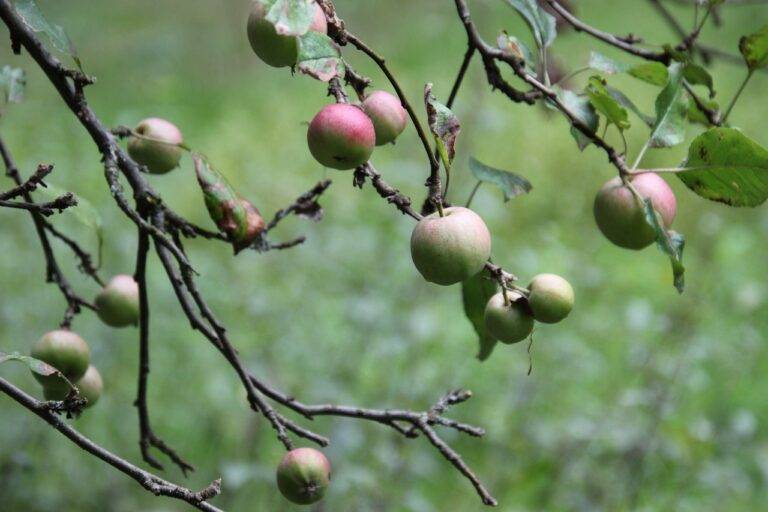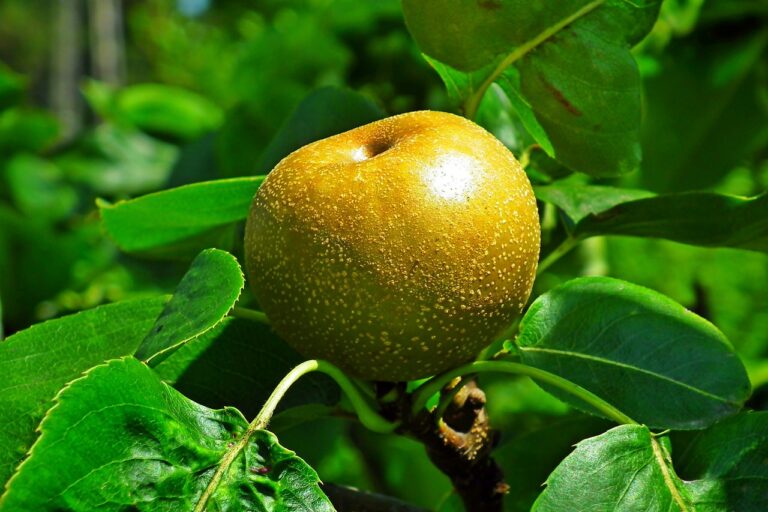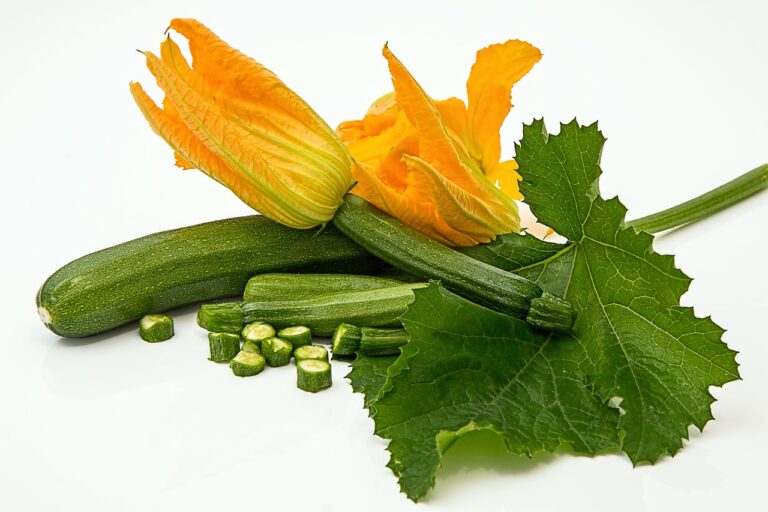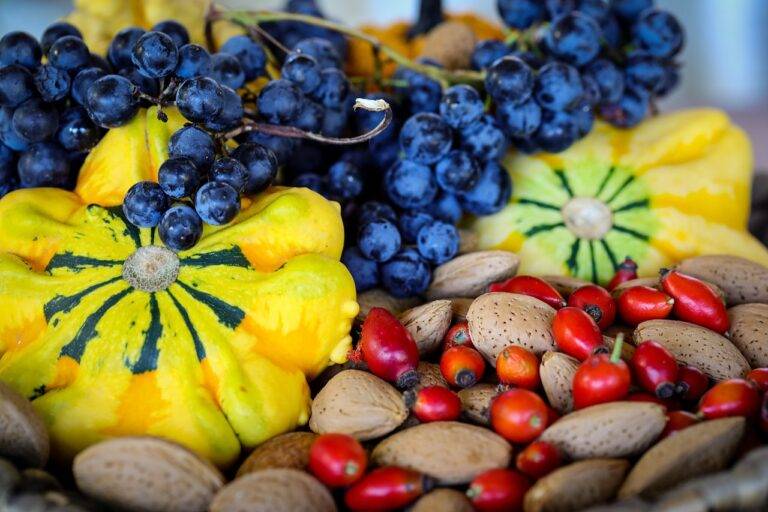Exploring the Art of Food Preservation: From Smoking to Pickling
Before the advent of modern refrigeration and freezing methods, our ancestors relied on ingenious techniques to preserve food. One of the earliest methods was drying food under the sun or smoking it over a fire, a practice that dates back thousands of years. These methods not only extended the shelf life of food but also made it more portable for long journeys or harsh winter months.
Fermentation was another ancient method of food preservation that has been used for millennia. Early civilizations, like the Egyptians and Mesopotamians, fermented foods such as bread, fruits, and vegetables to prevent spoilage and create new flavors. The process of fermentation involves the conversion of sugars and other compounds by bacteria, yeast, or other microorganisms, leading to the preservation of food through the production of lactic acid, alcohol, or acetic acid.
Various Methods of Food Preservation
One of the oldest methods of food preservation is drying. This involves removing moisture from food items to prevent bacterial growth and spoilage. Historically, people would air dry foods like fruits, vegetables, and meats in the sun or through smoking to extend their shelf life.
Another common method is canning, which involves sealing food in airtight containers to prevent the growth of bacteria. This method was developed in the early 19th century and revolutionized food preservation by allowing perishable items to be stored for long periods without spoiling. The process involves heating the food in the container to kill bacteria and creating a vacuum seal to keep out oxygen and further inhibit bacterial growth.
The Science Behind Food Preservation
When it comes to food preservation, science plays a crucial role in understanding the processes that enable food to be stored safely for longer periods of time. One of the key scientific principles behind food preservation is the concept of inhibiting the growth of microorganisms that cause food spoilage. By controlling factors such as temperature, acidity, moisture level, and oxygen exposure, scientists can effectively slow down the growth of bacteria, fungi, and other harmful pathogens that can lead to food spoilage.
Moreover, the science behind food preservation also involves the use of natural and synthetic preservatives to extend the shelf life of various food products. These preservatives work by either killing or inhibiting the growth of microorganisms in food, preventing spoilage and ensuring food safety. Understanding the chemical reactions that occur during the preservation process is essential in determining the effectiveness of different preservation methods and selecting the most appropriate technique for a particular type of food.
What is the importance of food preservation?
Food preservation is essential for extending the shelf life of food, maintaining its nutritional value, preventing spoilage, and reducing food waste.
What are the oldest methods of food preservation?
Some of the oldest methods of food preservation include drying, smoking, and salting.
How does food preservation work?
Food preservation works by inhibiting the growth of bacteria, yeast, and mold, as well as slowing down the oxidation process that causes food to spoil.
What are some modern methods of food preservation?
Some modern methods of food preservation include canning, freezing, vacuum packaging, and irradiation.
How does canning work as a method of food preservation?
Canning works by heating food in a sealed container to kill bacteria and other microorganisms, then sealing the container to prevent any new contaminants from entering.
How does freezing preserve food?
Freezing slows down the growth of bacteria and enzymes in food, extending its shelf life by maintaining its freshness and texture.
Is food preservation safe?
When done correctly, food preservation is safe and can help prevent foodborne illnesses by reducing the risk of contamination. It is important to follow proper guidelines and techniques for each method of preservation.







